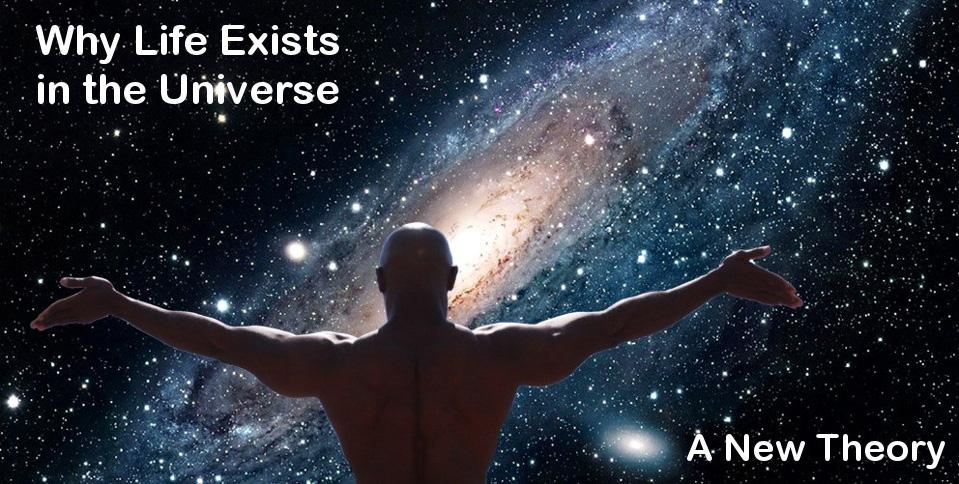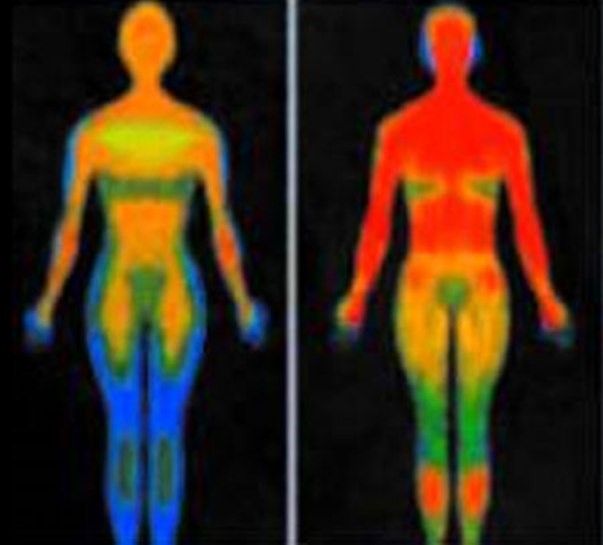

Conscious Energy - Why Life Exists
Theory Appendix
This information has been taken from the internet
What do we mean by Sensual Stimuli? .
A sense is a physiological capacity of organisms that provides data for perception. The senses and their operation, classification, and theory are overlapping topics studied by a variety of fields, most notably neuroscience, cognitive psychology (or cognitive science), and philosophy of perception. The nervous system has a specific sensory system or organ, dedicated to each sense.
Humans have a multitude of senses. Sight (ophthalmoception), hearing (audioception), taste (gustaoception), smell (olfacoception or olfacception), and touch (tactioception) are the five traditionally recognized. While the ability to detect other stimuli beyond those governed by the traditional senses exists, including temperature (thermoception), kinesthetic sense (proprioception), pain (nociception), balance (equilibrioception), and various internal stimuli (e.g. the different chemoreceptors for detecting salt and carbon dioxide concentrations in the blood), only a small number of these can safely be classified as separate senses in and of themselves. What constitutes a sense is a matter of some debate, leading to difficulties in defining what exactly a sense is.
Animals also have receptors to sense the world around them, with degrees of capability varying greatly between species. Humans have a comparatively weak sense of smell, while some animals may lack one or more of the traditional five senses. Some animals may also intake and interpret sensory stimuli in very different ways. Some species of animals are able to sense the world in a way that humans cannot, with some species able to sense electrical and magnetic fields, and detect water pressure and currents.
Measuring the “Life-Force” in a body .
Source: consciouslifenews.com

The image taken using the gas discharge visualization method, an advanced technique of Kirlian photography, shows in blue the life force of the person leaving the body gradually.The timing of astral disembodiment in which the spirit leaves the body has been captured by Russian scientist Konstantin Korotkov, who photographed a person at the moment of his death with a bioelectrographic camera.
According to Korotkov, navel and head are the parties who first lose their life force (which would be the soul) and the groin and the heart are the last areas where the spirit before surfing the phantasmagoria of the infinite.
In other cases, according to Korotkov, “the soul” of people who suffer a violent and unexpected death usually manifests a state of confusion in your power settings and return to the body in the days following death. This could be due to a surplus of unused energy.
The technique developed by Korotkov, who is director of the Research Institute of Physical Culture, St. Petersburg, is endorsed as a medical technology by the Ministry of Health of Russia and is used by more than 300 doctors in the world for stress and monitoring progress of patients treated for diseases such as cancer. Korotkov says his energy imaging technique could be used to watch all kinds of imbalances biophysical and diagnose in real time and also to show if a person does have psychic powers or is a fraud.
This technique, which measures real-time and stimulated radiation is amplified by the electromagnetic field is a more advanced version of the technology developed for measuring Semyon Kirlian aura.